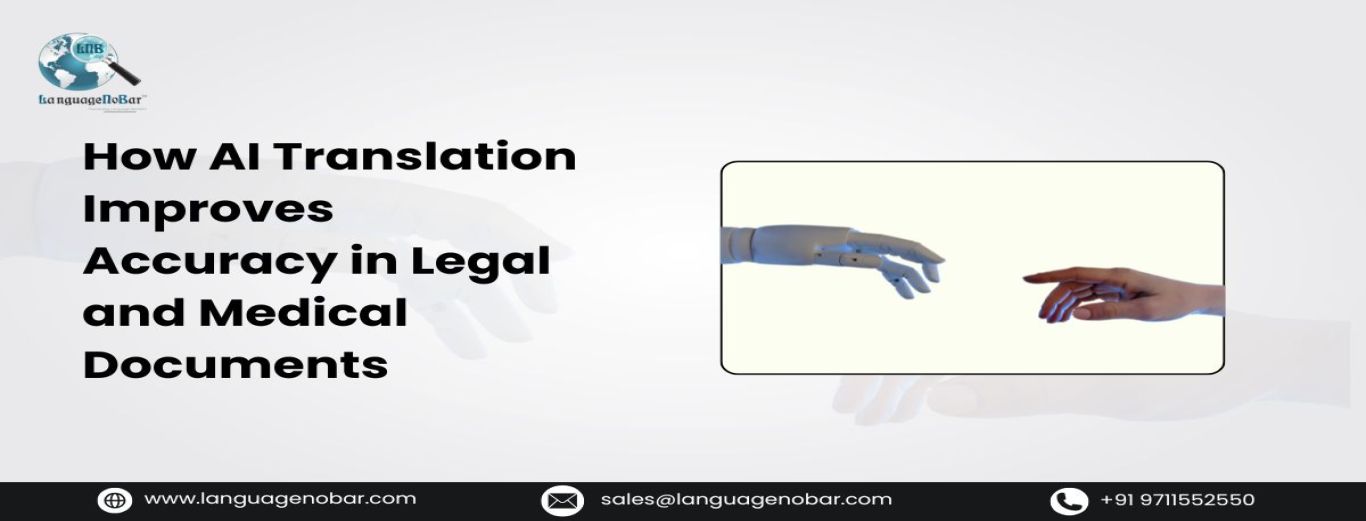Best Practices for E-Learning Translation in Asian Languages
- Blog
- Comments (0)
Best Practices for E-Learning Translation in Asian Languages
The global e-learning market was worth about 22.15 billion in 2023. Thanks to its young and vast population, Asia accounts for a sizeable portion of this. Major players have evolved in this market, seeking to capture the global market, while e-learning providers from Europe and the US are eyeing new horizons. Asia has about 2300 languages falling into different linguistic families.
Indo-European
This includes Indo-Iranian languages like Persian, Pashto, and Kurdish as well as popular South Asian languages like Hindi, Marathi, and Bengali.
Sino-Tibetan family
This family of languages is also widely spoken like Cantonese, Burmese, and Mandarin.
Austronesian family
These languages are closely related to both Asian and Australian roots. Javanese, Malay, and Tagalog are major languages here.
Tai-Kadai family
This small but distinct group of languages like Thai and Laos is spoken in parts of East Asia
Dravidian family
Languages spoken in South India and parts of Srilanka, Singapore, and Malaysia, such as Tamil, Telugu, Kannada, and Malayalam belong to this group.
The gold mine e-learning is waiting to be explored in this region as the countries are young and hungry for knowledge. While localization is unavoidable in the scaling of tech-products, learning materials have their fresh challenges.
Challenges for E-learning Translation Services
You are translating for learners
Good chance that your audience is school children who have limited vocabulary. Or even if it is an adult learning a new skill, they might not know any jargon you are using. Many technological words are harder to translate into a native language.
Language and Syntax differences
The grammatical structures of different languages are vastly different. In India, North states speak Indo-Aryan languages that have a different grammatical structure compared to Indian or Dravidian languages. This can lead to awkward phrasing of sentences when translated without care.
Translating for Multimedia
Multimedia translations are imperative in learning as it is a combination of printed text, video, and audio. The text will expand and contract based on the language, making it difficult to fit in a particular screen, especially for subtitles. Another common multimedia translation issue is synchronizing the audio of a different language with the existing video.
Multilingual software and Interface
The UI/UX localization will need to consider ease of use, and clarity of the language all the while sticking to the existing wireframe. Asian languages have more strokes and are larger in size compared to European languages or English. Fitting them into assigned spaces of buttons, bars, menus, and prompts is a complicated task. While we expect learning to happen on a tablet or laptop, more often middle-class learners depend on phones. Hence the content should be mobile-friendly as well.
Translating technical subjects
Certified translation services use translation memory, glossary, and other systematic tools to tackle jargon for technical subjects like engineering and medicine. Technical knowledge has always been pioneered by English which has caused trouble for native speakers. Breaking down tough technical terms, phrases, and concepts into palatable and simple content in regional languages is often a challenge.
Image credits: valuates reports
Best Practices for E-learning Translation
Deep knowledge of linguistic complexity
Understanding how strokes and scripts vary as per language is imperative. South Indian languages take up more space due to their curvature compared to Hindi or Marathi. The translators should have a large vocabulary in the subject assigned to derive the best results.
Focus on simplification
Your translator is not an expert if he can't break down the concept as simple as possible. They should focus more on accuracy and creativity. Characters should be compatible with videos, quizzes, etc., without causing any technical glitches.
Culturally sensitive content
The content can vary drastically across regions only because of something culturally inappropriate, especially with sensitive subjects like Sociology. Understanding of examples, gestures, symbols, or clothing is needed to make it appropriate for the crowd. If the example problem mentions a man purchasing Persimmon fruit in China, a learner from Karnataka may not exactly relate to what the fruit is - the translator's knack for understanding the region is reflected when he is effectively changes the word to something more relatable. Accounting for the literacy levels and the subject knowledge in the region will help in making the content simpler or tougher as needed.
Understanding the local terminology
Non-technical subjects face an issue of terminologies that can vary drastically. In management studies, the head of an organization can be called by different names in Japan, Korea, and India based on the hierarchy. Learners will be able to associate better if the local terminology is being used.
Training content developers for localization
When subject experts design the content, make them understand that this will be adopted in multiple languages. Their content design should follow module module-wise structure so it is easier to translate and evolve.
Checking the effectiveness of translation
Run a user testing
Since e-learning content is meant for a mass crowd a pilot dry-run on how effective the translation is would be helpful. Try exposing the content to target learners from different strata. For example, if it is an Excel course of beginners, try testing with students with and without a technical background and see how effective it is for both groups.
Incorporate feedback
Pilot feedback can be incorporated into developing further modules. Systematically take feedback about the words, level of understanding, formatting, visualization, system compatibility, whether they watch content on a phone or laptop, and how long they spend in one session. All these factors can be used to measure how effectively people can assimilate the translated content.
LanguageNoBar is one of the pioneers in document translation services helping in expanding learning content across the globe. With a large pool of native translators and subject matter experts, we use advanced technology to make sure learning is accessible to all - languages holding no bar.






